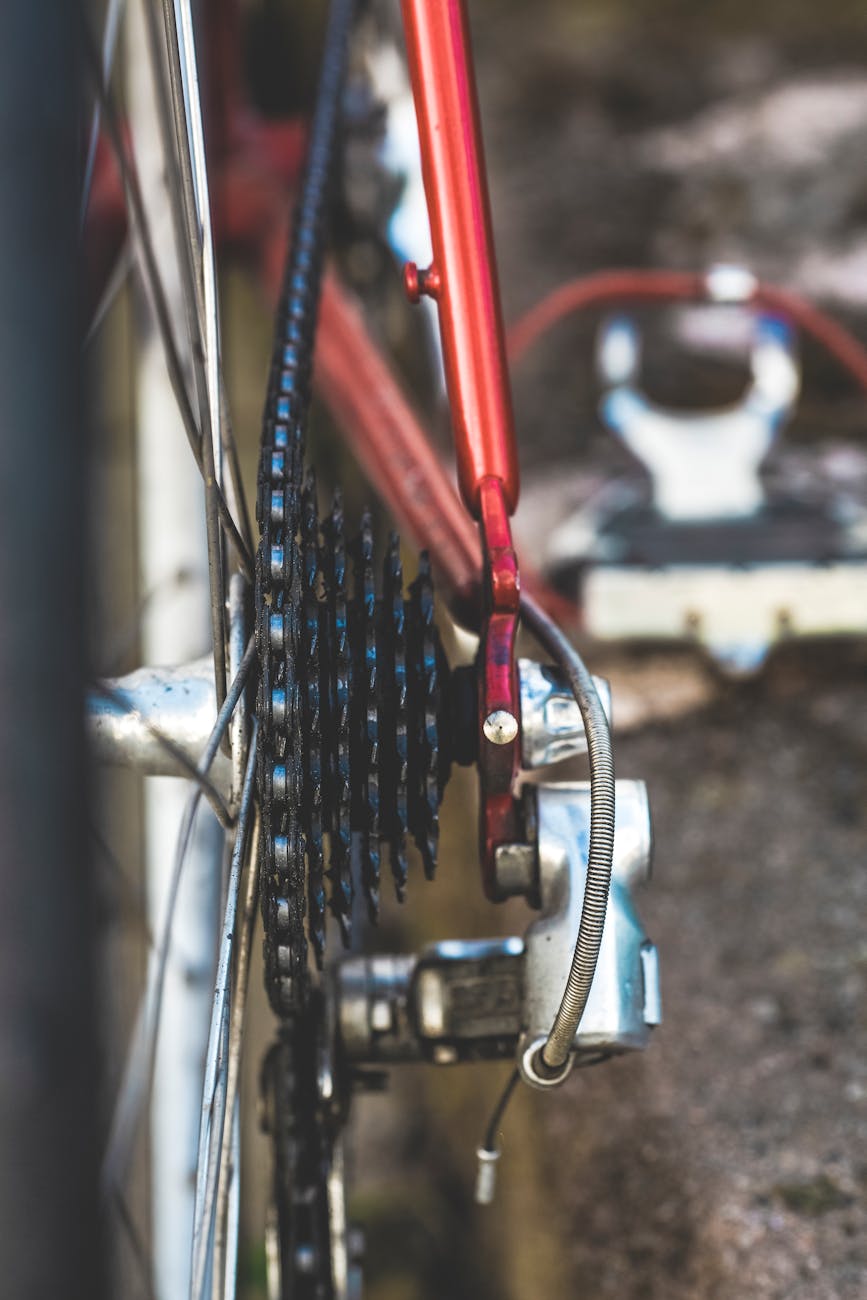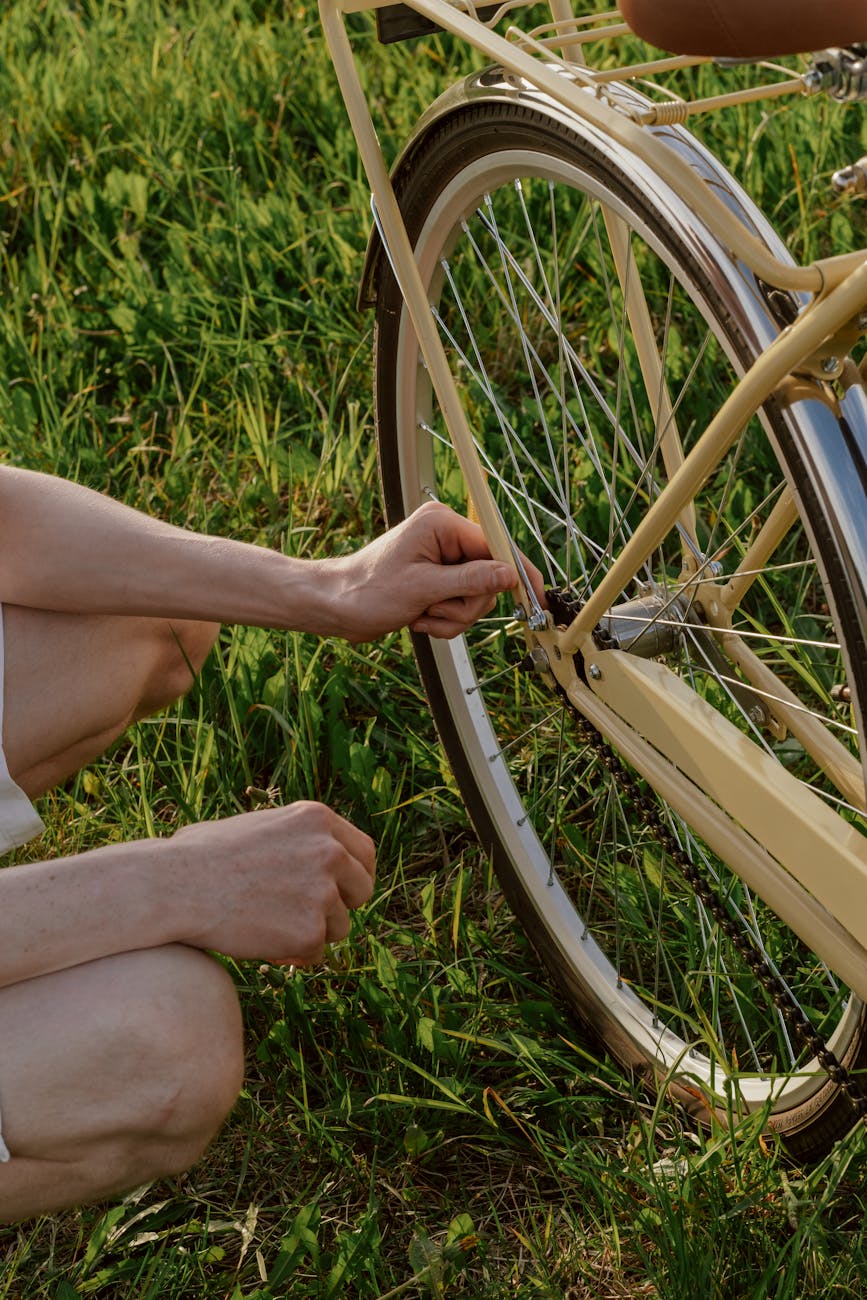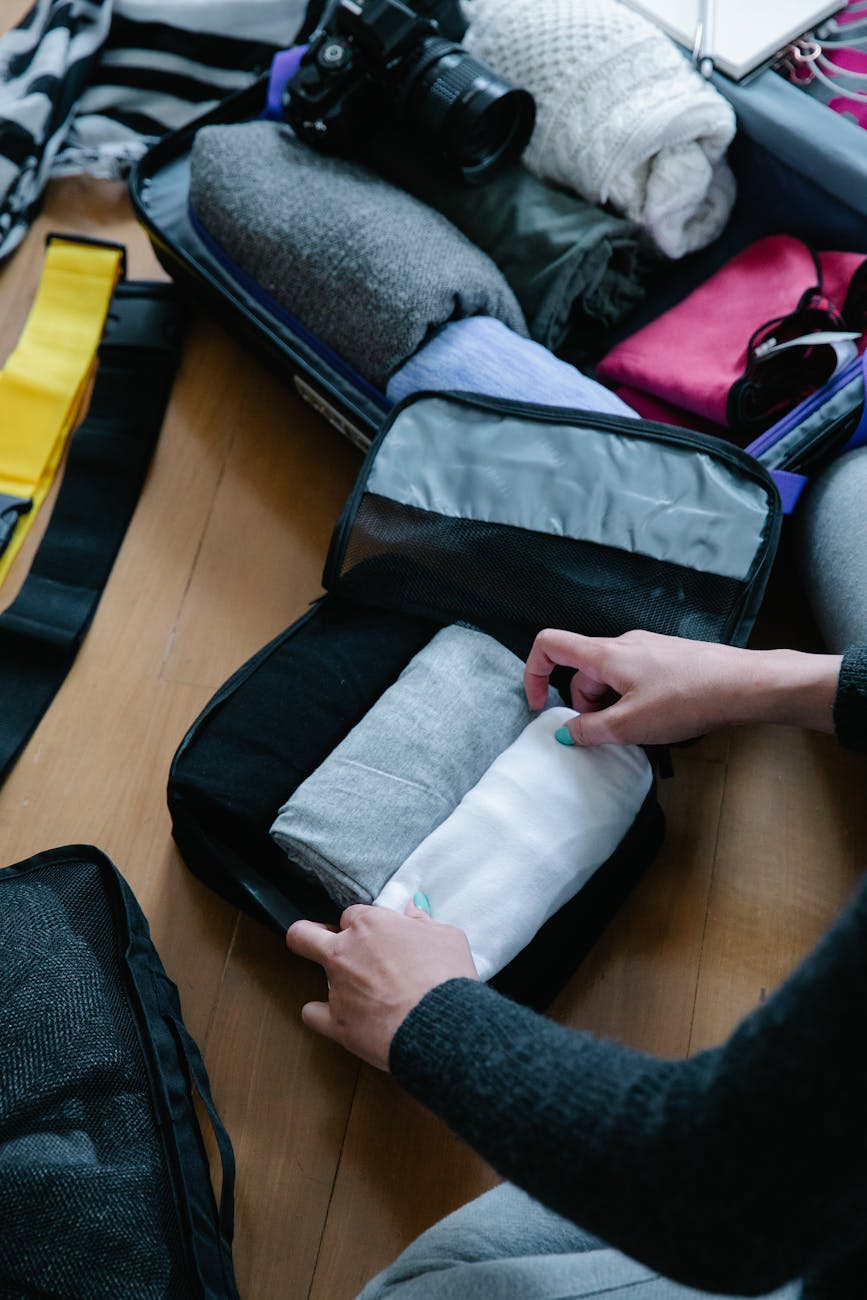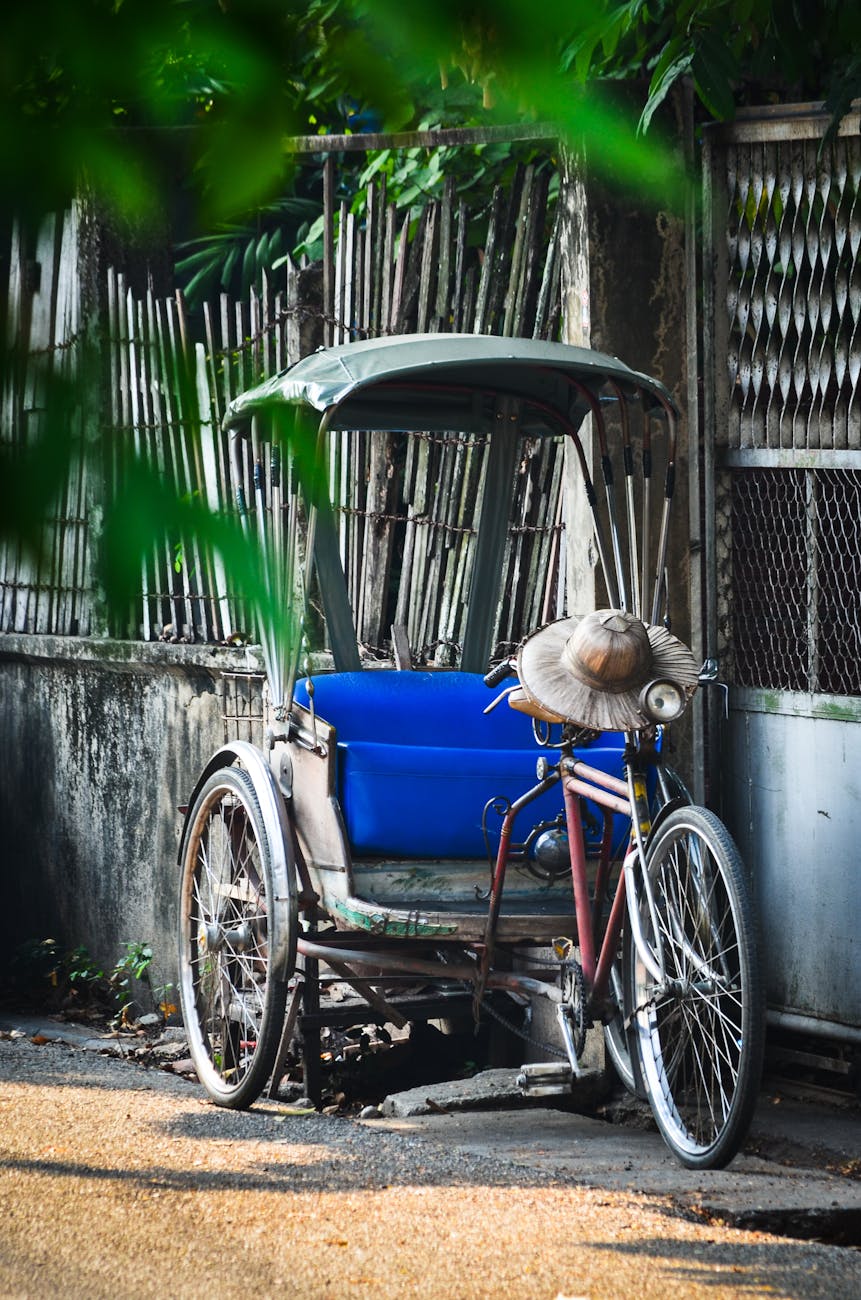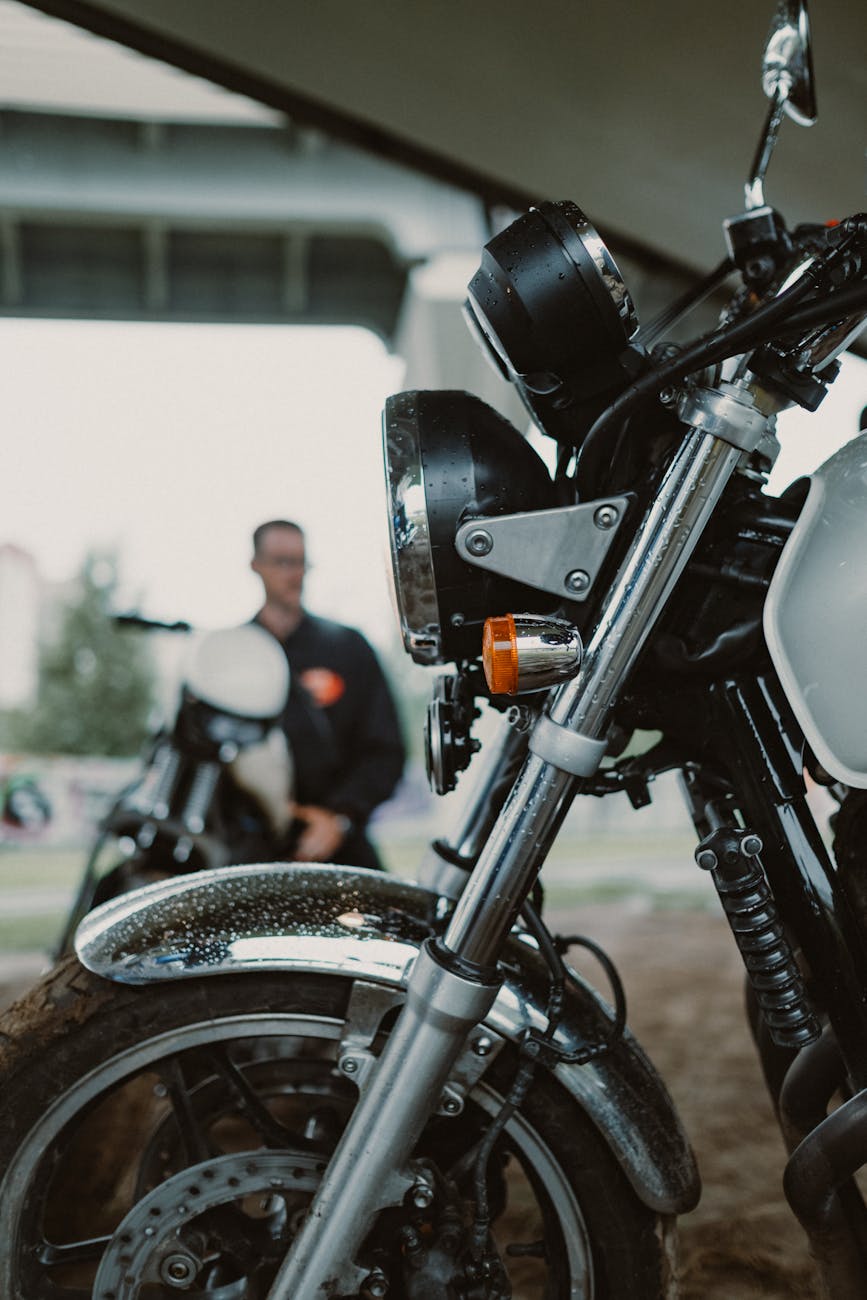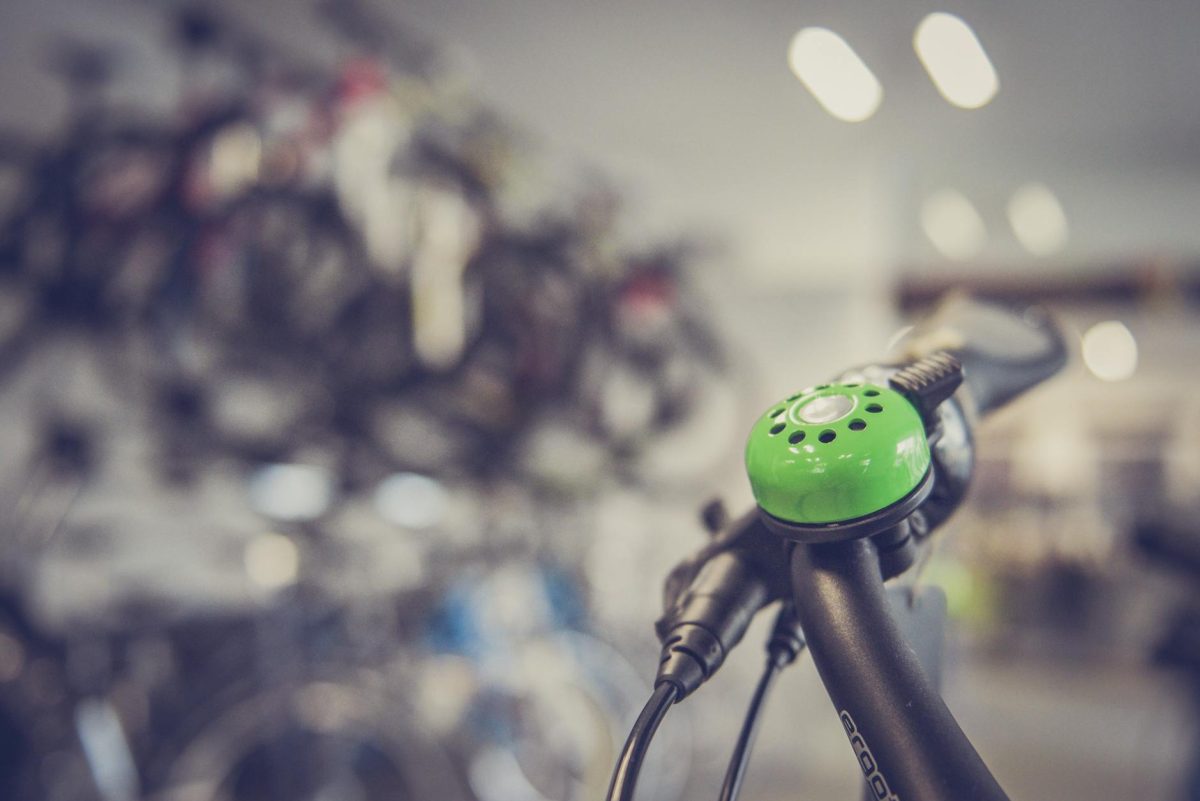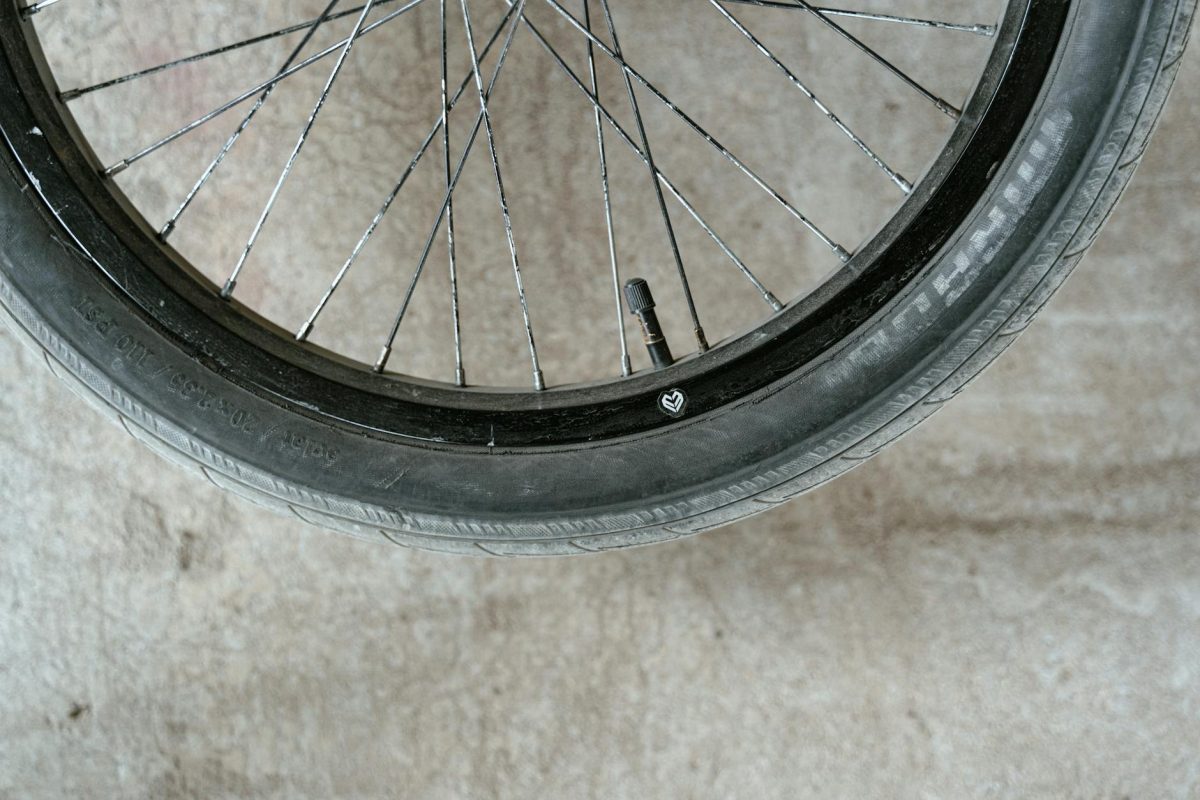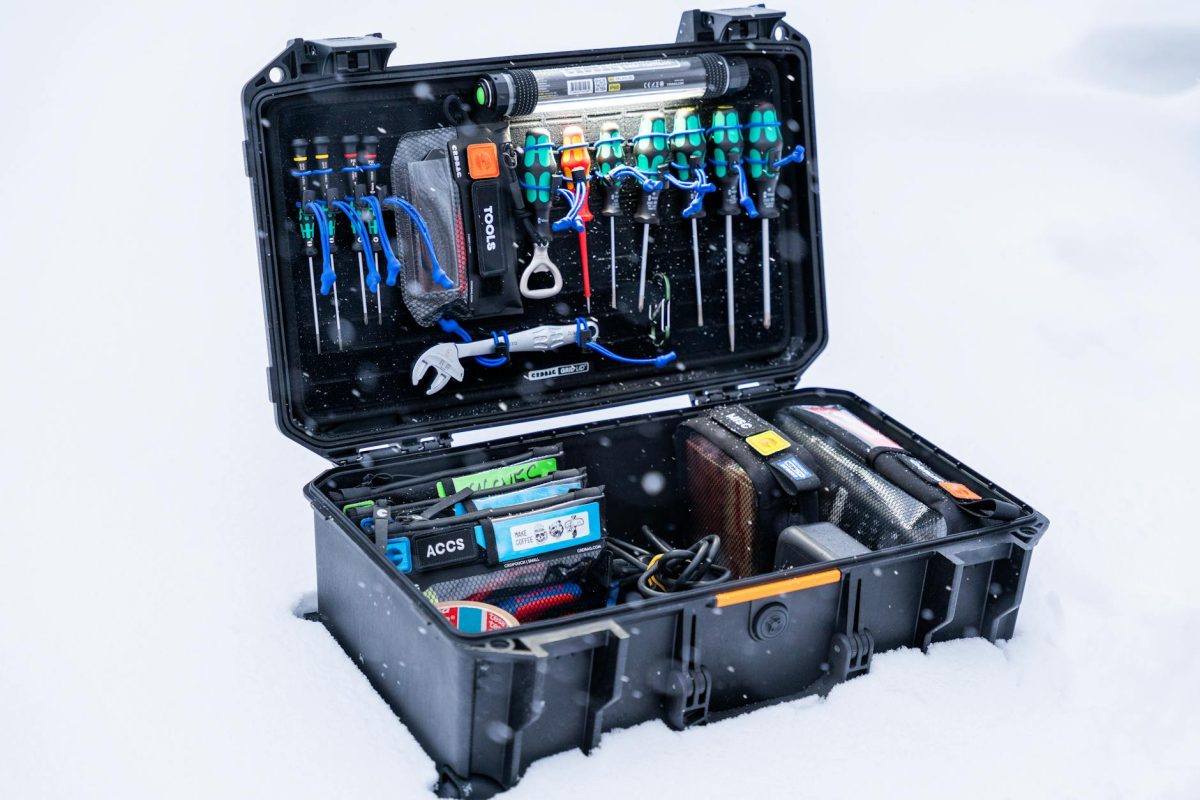Cycling is a beloved activity for many individuals who enjoy the outdoors and staying active. Proper bike maintenance is essential to ensure a smooth and safe riding experience. By implementing quick daily routines, you can keep your bike in top condition and avoid potential issues down the road. This article will guide you through easy-to-follow maintenance practices that will help you prolong the life of your bike and enhance your overall cycling experience.
Inspect Your Tires Regularly
One of the most crucial aspects of bike maintenance is checking your tires regularly. Proper tire pressure not only ensures a comfortable ride but also reduces the risk of flats and damage. Use a pressure gauge to check the tire pressure and inflate them to the recommended levels as specified on the tire sidewall. Inspect the tires for any cuts, bulges, or excessive wear and replace them if necessary. Keeping your tires in good condition will improve your bike’s performance and safety on the road.
Lubricate Your Chain
A well-lubricated chain is essential for smooth gear shifting and efficient pedaling. Make it a habit to lubricate your chain regularly, especially after riding in wet or muddy conditions. Use a bike-specific lubricant and apply a small amount to each link of the chain. Rotate the pedals to allow the lubricant to penetrate the chain thoroughly. Wipe off any excess lubricant to prevent attracting dirt and grime. A properly lubricated chain will extend its lifespan and improve your overall riding experience.
Check Your Brakes
Brakes are a critical safety component of your bike, and regular inspection is necessary to ensure they function properly. Check your brake pads for wear and replace them if they are worn down. Adjust the brake levers and cables to ensure they engage smoothly and provide sufficient stopping power. Test your brakes before every ride to ensure they respond effectively. Properly maintained brakes are essential for your safety on the road, so don’t overlook this important aspect of bike maintenance.
Clean Your Bike
Keeping your bike clean not only improves its appearance but also helps prevent premature wear and damage. After each ride, wipe down your bike frame, fork, and wheels with a damp cloth to remove dirt, dust, and grime. Use a mild detergent or bike-specific cleaner to deep clean your bike periodically. Pay special attention to hard-to-reach areas like the chainrings, cassette, and derailleurs. Regular cleaning not only prolongs the lifespan of your bike but also makes maintenance tasks easier and more effective.
Inspect for Loose Bolts and Components
Before every ride, take a few minutes to inspect your bike for any loose bolts or components. Check the saddle, handlebars, stem, pedals, and other parts for any signs of looseness. Tighten any bolts that are loose using the appropriate tools. Pay attention to the headset and wheel quick releases to ensure they are properly secured. Regularly checking for loose components will prevent potential safety hazards and ensure a smooth and worry-free ride.
In conclusion, incorporating quick daily maintenance routines into your cycling regimen is essential for the longevity and performance of your bike. By following these simple tips, you can keep your bike in excellent condition and enjoy a hassle-free riding experience. Remember that a well-maintained bike not only enhances your enjoyment of cycling but also ensures your safety on the road. Take care of your bike, and it will take care of you.

